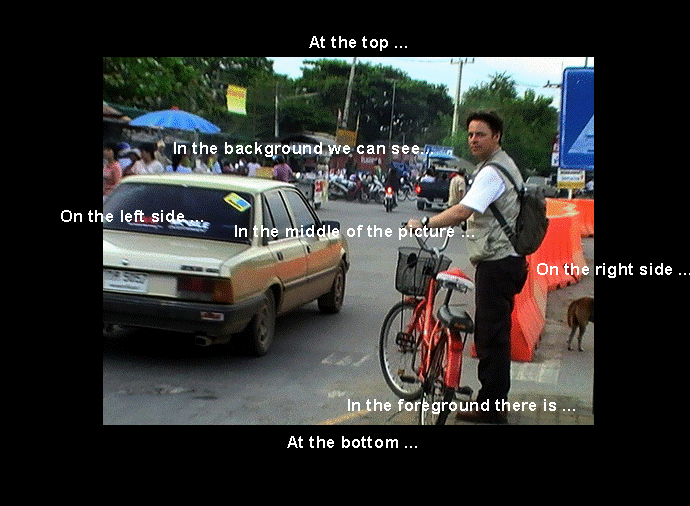1) Speaking activity: Do you live in the city or do you live in the country? Have you ever lived in the country? Did you like it? Why?/ Why not? Would you like to live in the country? Why?/ Why not?
Useful vocabulary related to the task:
Synonyms of THE CITY: a town/ an urban area/ the metropolis/ the concrete jungle
Synonyms of THE COUNTRY: the countryside/ a rural area/ the backwoods*
*The backwoods: a place in the countryside that is far from any town.
2) Activity to practise the connectors of contrast (HERE). It's aimed at B2 students but I find it quite useful. Just ask if there is something you don't understand.
3) Focus on writing: How to write a for and against essay
4 paragraphs:
- Introduction: mention the topic you are going to talk about and say why the topic is important to many people today.
- Advantages: list 2-3 advantages and benefits of the given topic.
- Disadvantages: list 2-3 disadvantages.
- Conclusion: end your essay with a conclusion. You can talk about what you think will happen in the future.
Some useful phrases:
1st paragraph
Possible ways of starting:
-It is undeniable that nowadays many people .....
1st paragraph
Possible ways of starting:
-It is undeniable that nowadays many people .....
-Some people argue that....... Others claim that...
-It is popularly believed that...However, some people argue that....
-People often claim that...... However, some people point out that....
-People often claim that...... However, some people point out that....
A possible way of closing this paragraph:
-Let us analyse the pros and cons of each view.
-Let us analyse the pros and cons of each view.
2nd paragraph
-First of all, one obvious advantage of....is that..... A further advantage of..... is that.....Nevertheless, for many people, the main positive aspect of.... is that....
-In the first place,..
-In the first place,..
3rd paragraph
-Regarding the disadvantages of...., I believe that the main drawback of ....is that..... Another negative aspect of.... is that...... Furthermore,....
-On the other hand, ....
-On the other hand, ....
Adding more ideas in the 2nd/3rd paragraphs:
According to statistics, ....% of the population ...
Of course, ....
Needless to say,..
Of course, ....
Needless to say,..
For instance, ...
For example, ...
....such as....
For example, ...
....such as....
What is more,
Apart from this,
In addition to this,
Moreover,
Besides this,
Apart from this,
In addition to this,
Moreover,
Besides this,
4th paragraph
-In conclusion, I am convinced that in the future people will ....
-In conclusion, I am convinced that in the future people will ....
There's an example of a for and against essay HERE
TASK: Write about the advantages and disadvantages of living and working in the country (160–180 words)
If you were not in class today, please hand it over to me at school or send it to me by email: gabytorrens@hotmail.com

